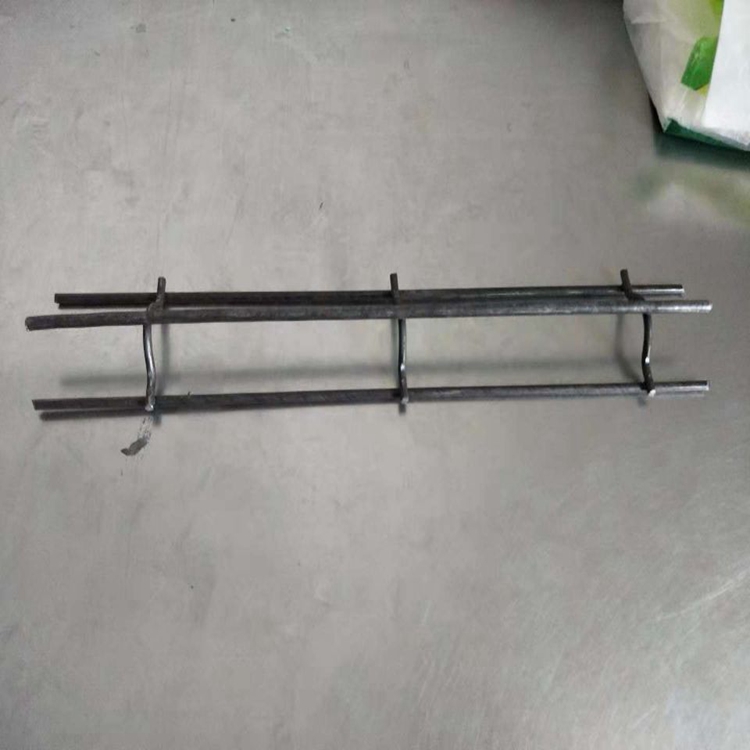chicken mesh netting
The Versatility of Chicken Mesh Netting A Comprehensive Guide
Chicken mesh netting, also known as poultry netting or chicken wire, is an essential component in agricultural settings, gardening, and various DIY projects. Its unique structure and durable material make it an ideal solution for a multitude of applications, particularly in poultry management and landscaping. In this article, we will explore the benefits, uses, types, and installation tips associated with chicken mesh netting.
What is Chicken Mesh Netting?
Chicken mesh netting is typically made from galvanized steel or plastic that has been treated to withstand weather elements. The material is woven into a fine mesh pattern that allows for flexibility and strength. The holes in the netting can vary in size, making it suitable for containing different kinds of animals or serving various functions in gardens.
Benefits of Chicken Mesh Netting
1. Durability One of the primary advantages of chicken mesh netting is its durability. When properly maintained, it can last for several years without rusting or degrading, even in harsh weather conditions.
2. Flexibility Chicken wire is flexible and easy to manipulate, allowing users to create tailored solutions for their specific needs. It can be bent or shaped to fit various structures or configurations.
3. Cost-Effective Compared to other fencing solutions, chicken mesh netting is relatively inexpensive. This affordability makes it accessible for various agricultural and homesteading applications.
4. Visibility The mesh design allows for visibility and air circulation, which is important in maintaining a healthy environment for poultry and plants alike. This feature ensures that animals can observe their surroundings while being protected.
Common Uses of Chicken Mesh Netting
1. Poultry Enclosures The most common use for chicken mesh netting is in the construction of chicken coops and runs. It effectively prevents predators from getting to the birds while allowing them to enjoy natural surroundings.
2. Gardening Gardeners often use chicken mesh netting to protect plants from pests and larger animals like rabbits and deer. It can be draped over raised beds or used to create barriers around less accessible plants.
3. Compost Bins Using chicken wire to build compost bins is an ideal solution for maintaining airflow while keeping larger pests at bay. This structure enables effective decomposition of organic material.
chicken mesh netting

4. Trellises and Supports Gardeners can utilize chicken mesh netting as a trellis for climbing plants. Its sturdy structure provides the necessary support for vines, beans, and other flowering plants.
Types of Chicken Mesh Netting
Chicken mesh netting comes in various forms, including
- Galvanized Wire Mesh This type is treated with a protective coating to resist rust and corrosion. It’s highly durable and is often used for long-term projects.
- Plastic Mesh Made from high-density polyethylene, plastic mesh is lightweight and easier to handle. While not as sturdy as galvanized wire, it’s often used for temporary enclosures or as a garden barrier.
Tips for Installation
1. Measure and Plan Before starting your project, measure the area you intend to cover and plan accordingly. Knowing the dimensions will help you determine how much netting you’ll need.
2. Secure the Corners When installing chicken mesh, make sure to secure the corners well, using stakes or posts to hold the netting in place. This will prevent it from sagging or being affected by wind.
3. Bury the Bottom To deter burrowing animals, consider burying the bottom of the netting a few inches into the ground. This technique helps to create a more secure barrier.
4. Regular Maintenance Periodically inspect the netting for any damages or rust, and repair or replace any sections as needed to ensure ongoing effectiveness.
Conclusion
In conclusion, chicken mesh netting is a versatile and practical solution for many agricultural and gardening applications. Whether you're managing a flock of chickens, protecting your garden, or constructing a compost bin, the durability and flexibility of chicken mesh netting make it an invaluable resource. With proper installation and maintenance, it can serve you well for years to come.
-
Unlock the Strength and Versatility of Steel Wire
NewsJun.04,2025
-
The Ultimate Guide to Welded Wire Mesh
NewsJun.04,2025
-
Secure Your Structures with Premium Anchor Bolts
NewsJun.04,2025
-
Protect Your Property with High-Quality Razor Wire
NewsJun.04,2025
-
Everything You Need to Know About Concrete Nails
NewsJun.04,2025
-
Durable and Reliable Metal Posts for All Your Fencing Needs
NewsJun.04,2025














